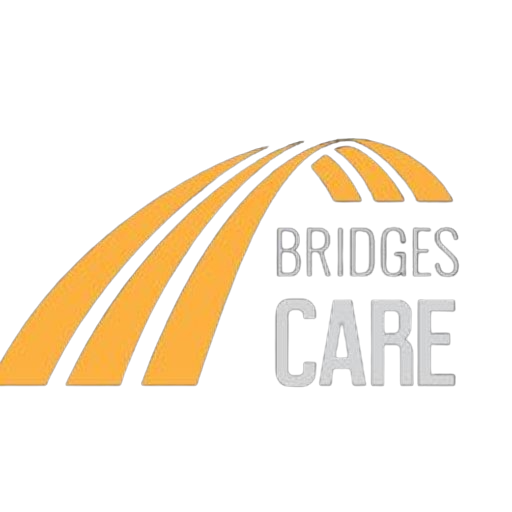Navigating the complexities of an NDIS self-managed plan can be daunting, but it’s a powerful tool for individuals seeking greater control over their support services. In this comprehensive guide, join us at Bridgescare as we delve into the intricacies of self-management on the National Disability Insurance Scheme (NDIS) and explore how it empowers participants.
What is self-management?
If you’re an NDIS participant, chances are you’ve heard of self-management before.
While self-management provides more flexibility, self-managing your NDIS funding also comes with its own unique set of responsibilities.
Self Management Benefits
Self-managing your NDIS funding will provide you with:
- Choice in what supports your purchase, who provides these supports, and how they’re delivered
- Flexibility to use any provider
- The ability to employ or contract staff directly, or have someone employ staff on your behalf
- The ability to negotiate costs directly with support providers.
- Control over your budget throughout your plan.
Your responsibilities
- You must purchase supports and services that link to your NDIS goals
- Make clear agreements with your providers about the services provided and how you’re going to pay for them
- Ensuring that the costs can be met within your budget
- Claiming and paying for your support on time
- Keeping your invoices and receipts
- Showing how you’re using your funding to reach your goals at your plan review
- Advising the NDIA of any change in circumstances that may affect your self-management
- Participating in any payment auditing on request.
You’re also able to use your NDIS funding to pay for support to help meet these responsibilities, for example you could hire a support professional to assist with bookkeeping and budget management.
Once you have an approved NDIS plan, you’ll be able to see your plan and support budget online using the NDIS Myplace portal.
The plan will show your goals and the funding that you have available to help meet them. The funding is based on what is considered ‘reasonable and necessary’ for your needs.
How do I pay for my support?
There are a couple of ways to pay for your support with your funding:
- Make a payment request, then pay your provider
- After receiving an invoice from your provider, make a payment request. Money from your NDIS budget will be paid into your nominated bank account within 48 hours, you can then pay your provider.
- Pay your provider and then make a payment request
- Once you’ve received your support, you pay the provider using your own money and receive a receipt (hold onto this!). Make a payment request and the money will be reimbursed within 48 hours.
Making a payment request
Using the myplace portal, select the payment request option. You’ll then be able to enter the start and end dates for the support, the payment category and the support category. It must match the invoice/receipt from the support provider.
Registered Provider Supports
- Specialist accommodation
- Behaviour support that provides assessment or develops a plan
- Any support where the provider may need to use a restricted practice
General Tips
Create a seperate bank account
- Using a separate bank account will allow you to see what money is coming in and what’s going out.
- Your funding will only be paid into an account of the individual responsible for self-managing the supports.
Record keeping
- Set a day/time each week to make claims through the NDIS myplace portal so that you’re on top of your claims
- Keep track of what works and what doesn’t
- Have a list prepared for your next plan review
- Have a list prepared for your next plan review
Conclusion
In conclusion, an NDIS self-managed plan is a journey of empowerment, offering individuals the freedom to shape their support services according to their unique needs. Embracing the complexities while maintaining a bursty, adaptable approach ensures a successful self-management experience.

